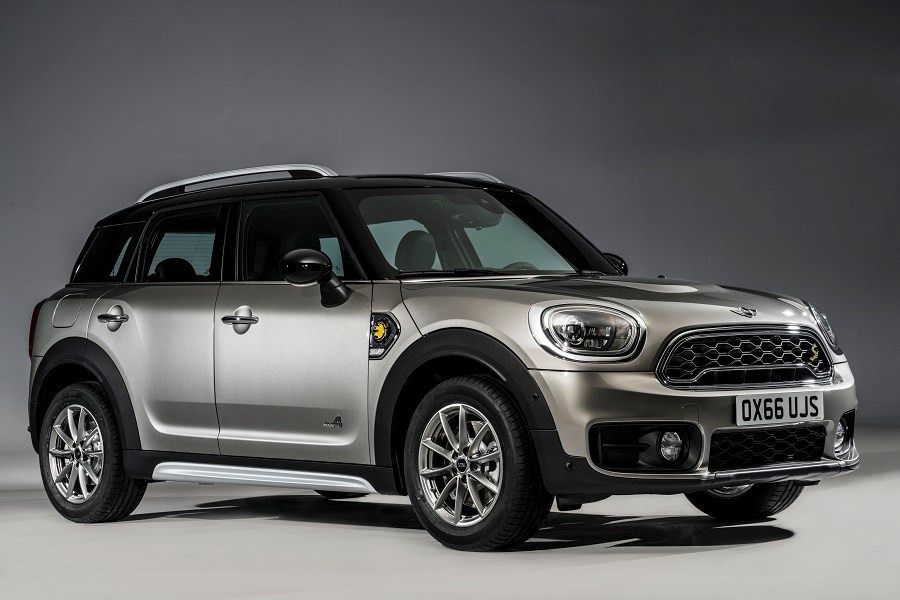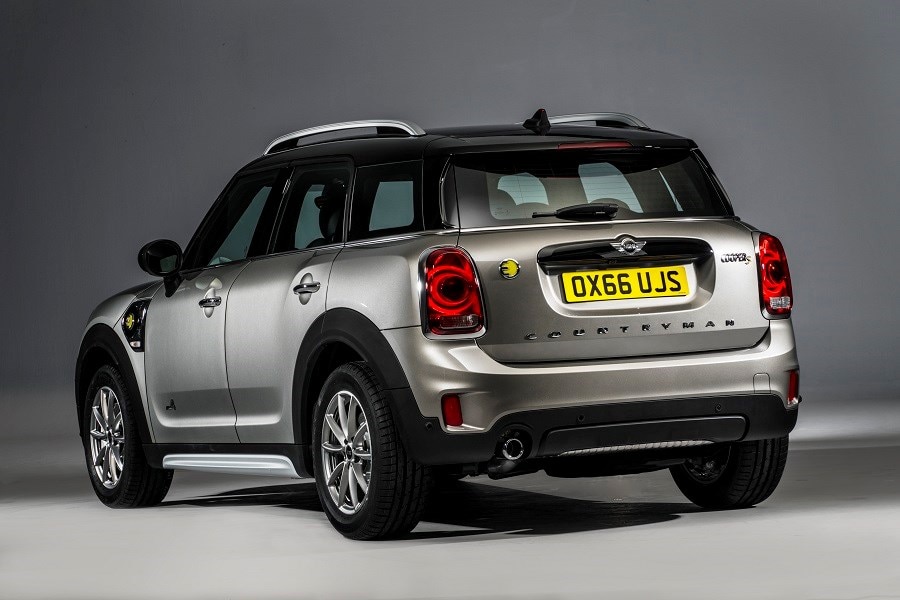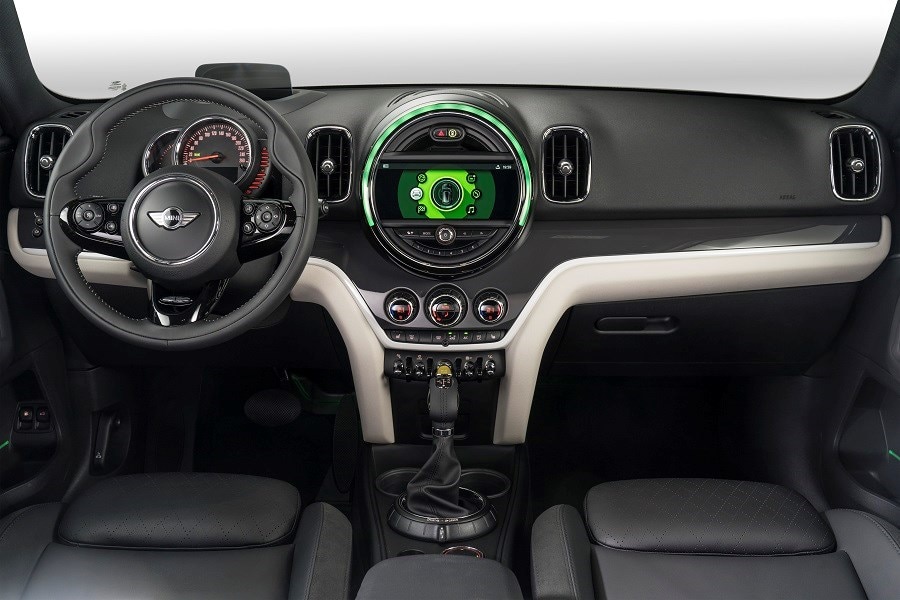Latest model
The long-windedly named Countryman Cooper S E All 4 made its debut at the same time as the standard crossover in October 2016 and was Mini’s first plug-in hybrid model.
A combination of a 1.5-litre petrol engine and an electric motor creates an efficient, yet powerful setup, which has an electric range of 25 miles and can do up to 78mpg before the combustion engine kicks into action.
There is very little difference between the standard petrol and diesel Countryman and the plug-in model either.
Value for money
The standard Countryman is hardly cheap, so it’s little surprise that the plug-in hybrid version isn’t a particular bargain. That said, aside from the racy John Cooper Works version, the plug-in hybrid is the second quickest Countryman in the range.
While it might cost £7,000 more than a Countryman S, it does come with an extra 30bhp on top of that car, although a starting price of £31,895 is a lot for a Mini.
Standard equipment isn’t overly generous either, with the base car coming with satellite navigation, rear parking sensors and keyless start, but little else in the way of luxury. This means that customers often end up dabbling into the optional extras list, which can soon make the price rise alarmingly.
But high prices haven’t stopped a wave of demand for the plug-in hybrid model, with long waiting lists for the new Countryman. This has helped keep used values high. At the time of writing, the cheapest on the market started at £27,000, for an 18-month-old Mini Countryman PHEV, which is still a chunk off the list price, but not as much money as you might imagine. Expect savings of between £2,000 and £3,000 on nearly-new models less than a year old.
Looks and image
While Mini loyalists turned their noses up in the air at the thought of the Countryman, a bigger model, the crossover, has been a huge success for the British brand.
And while it’s not quite as charming to look at as the three-door-hatch, it’s still a stylish crossover that stands out in the crossover segment. The choice of trim levels also helps to differentiate the models, with the ‘Sport’ version coming with a John Cooper Works styling kit and the ‘Exclusive’ with a chrome styling kit and 18-inch alloy wheels. It’s a bit odd to brag about being the largest ‘Mini’, but it’s a worthwhile claim with the Countryman’s stylish looks.
The interior also looks just like the rest of the range with its large central touchscreen with a circular trim surround, which is clearly an attempt to keep the spirit of the old centrally-placed speedo alive. It’s one of the funkiest dashboards in its class, with lots of toggle switches to play around with whilst still managing to appear simple . The interior quality is also excellent, with lots of premium-feeling materials and a durability to the cabin, which is ideal for a car aimed at families, and also for something costing over £30,000.
Another big bonus of the Countryman PHEV is that it’s just as good to drive as the standard petrol and diesel models. It’s one of the most fun plug-in hybrid models to drive, and even with the additional weight from the electrification, it’s still a lot of fun behind the wheel. Sharp handling helps the Countryman feel stable, while the performance is also rather surprising, with 0-60mph achievable in under seven seconds. Compared to models such as the Mitsubishi Outlander PHEV, which is admittedly not angled as a sporty model, it’s pretty brisk. It also rides well even on rougher surfaces with a good suspension setup, and it doesn’t feel anywhere near as harsh as other plug-in hybrid models. The only downside is that the switch between electric and petrol power could be smoother and more refined.


